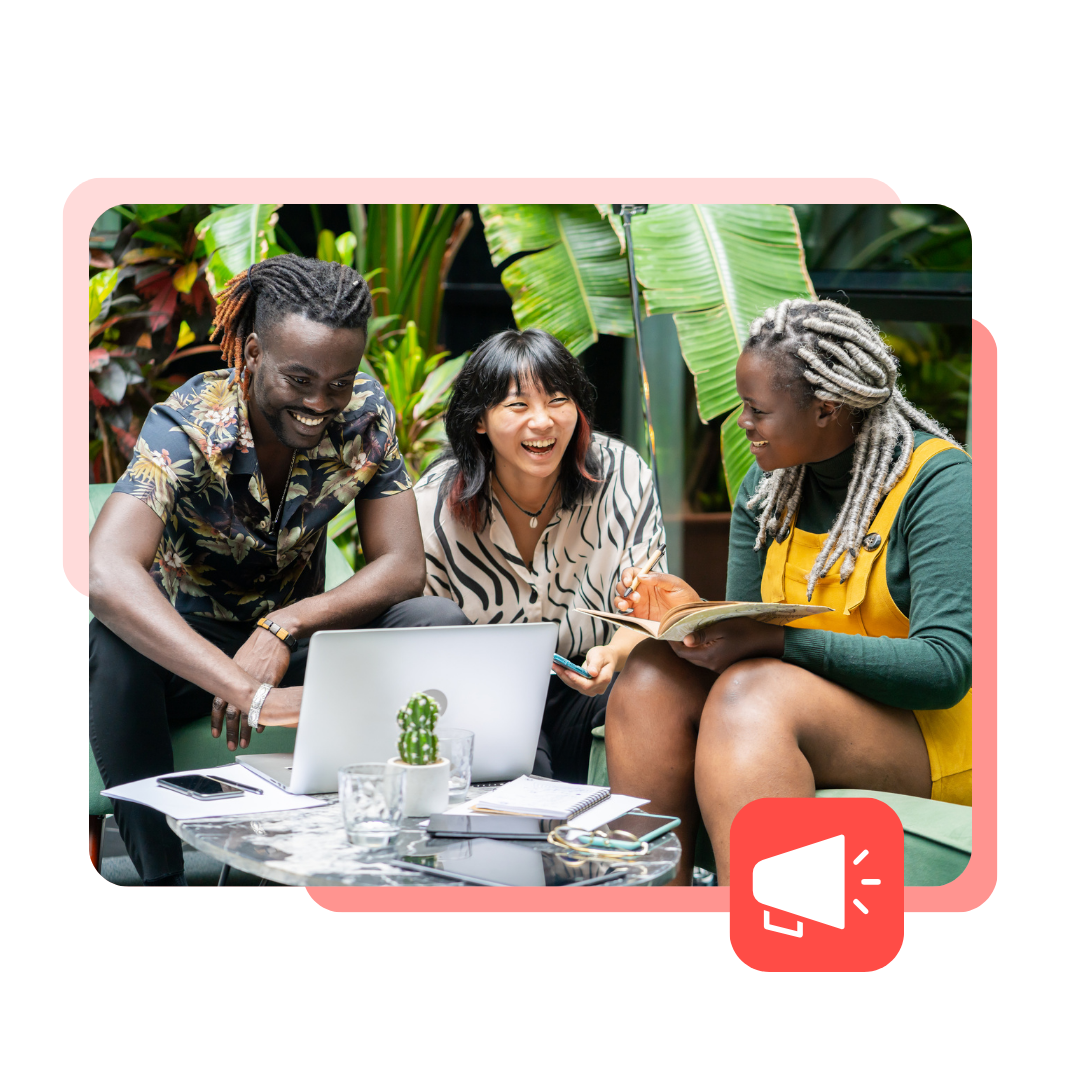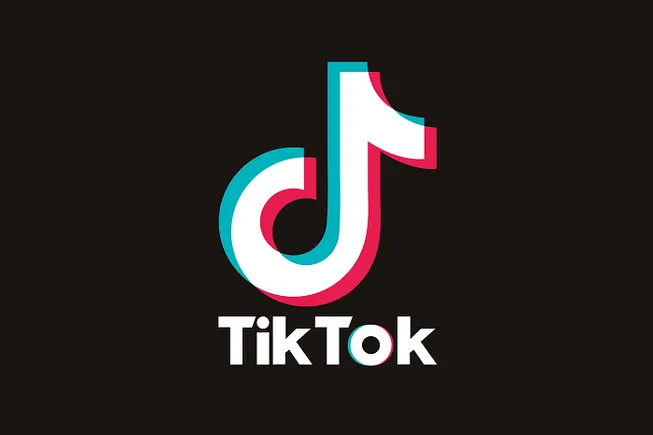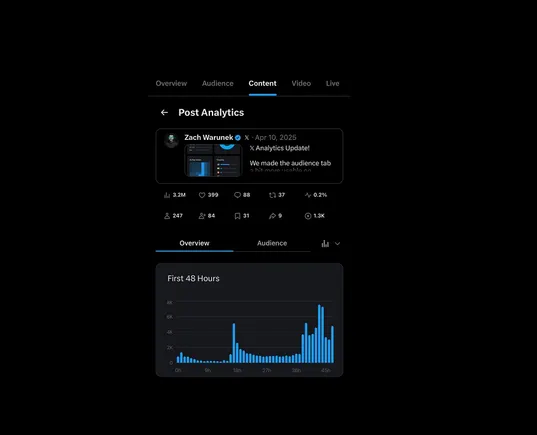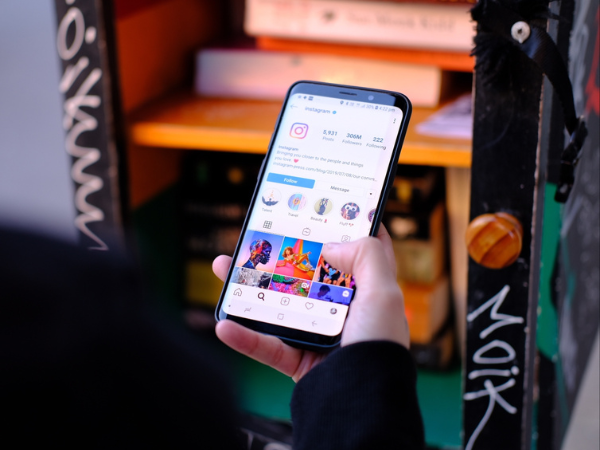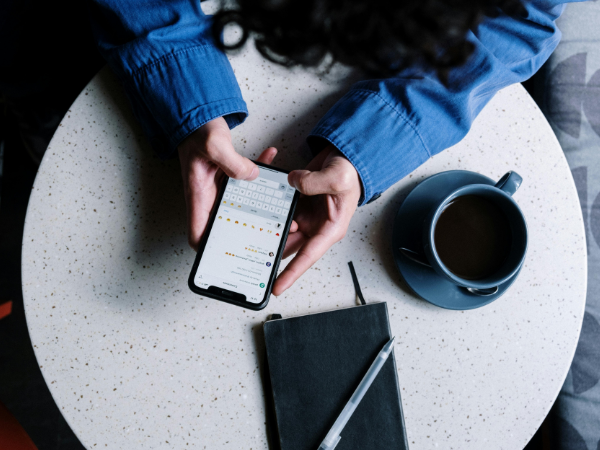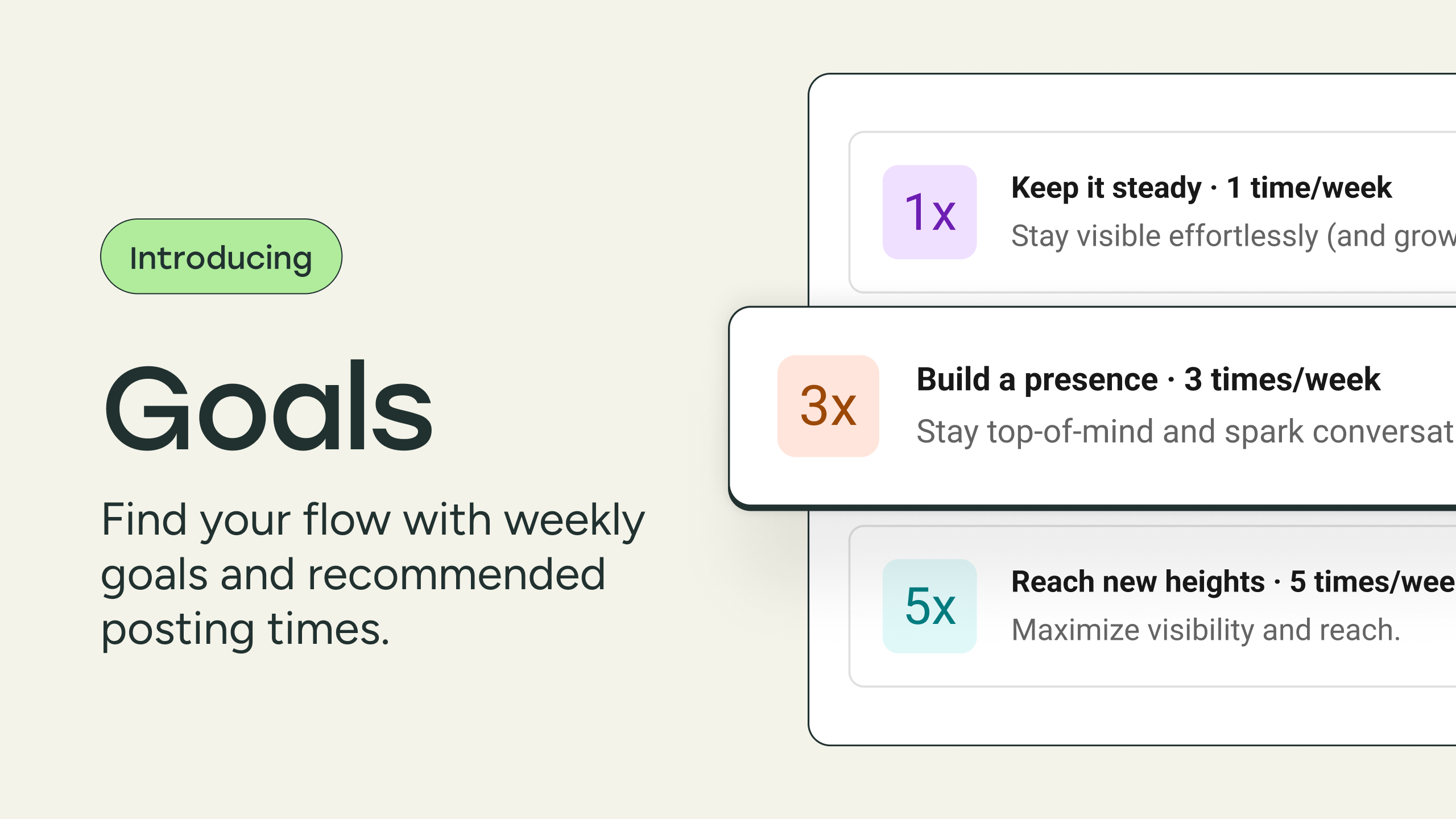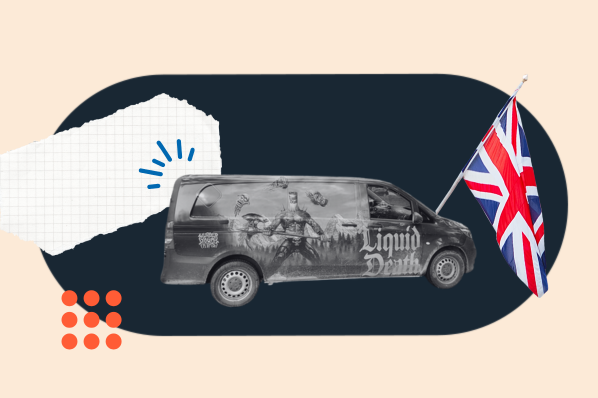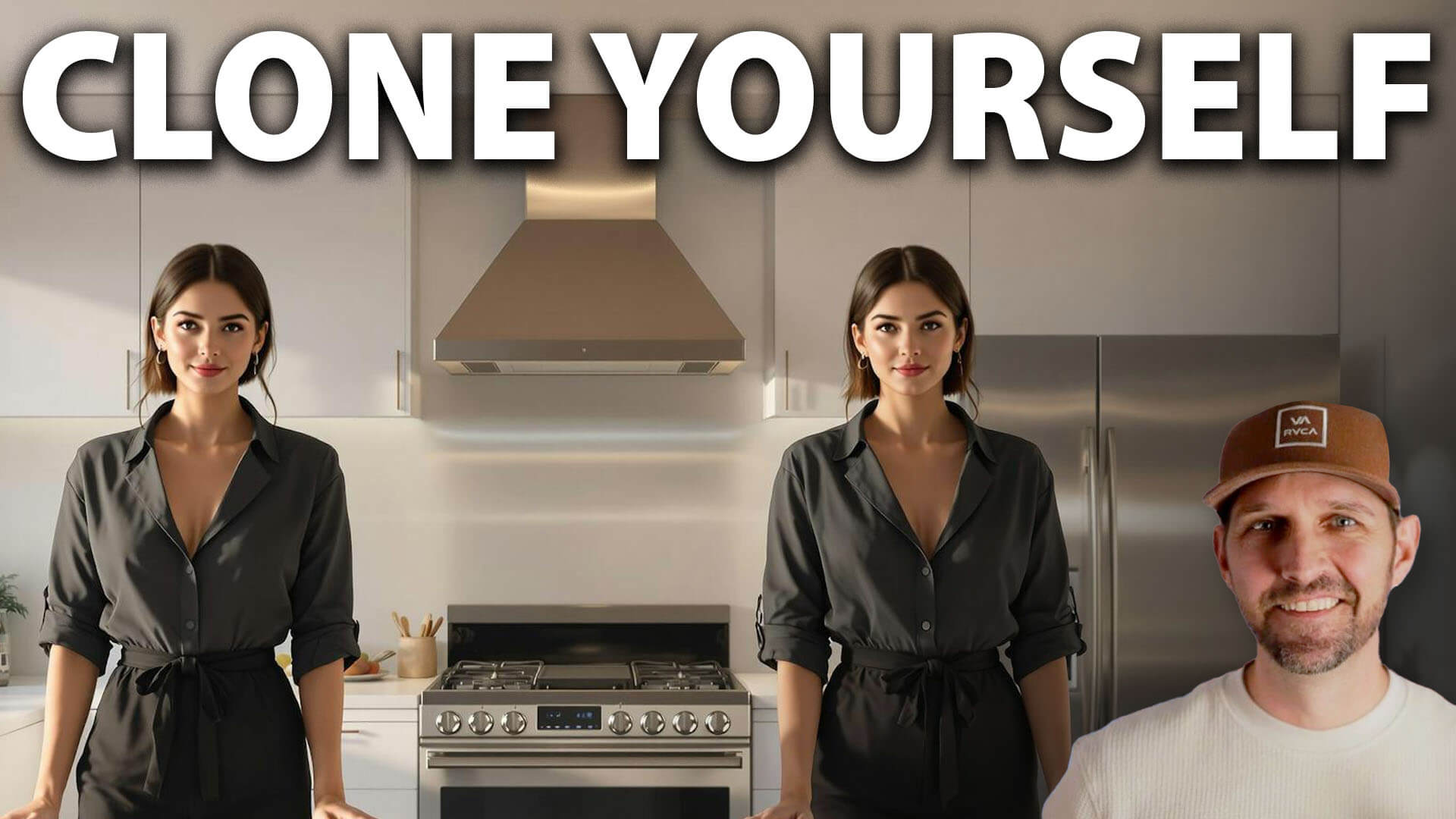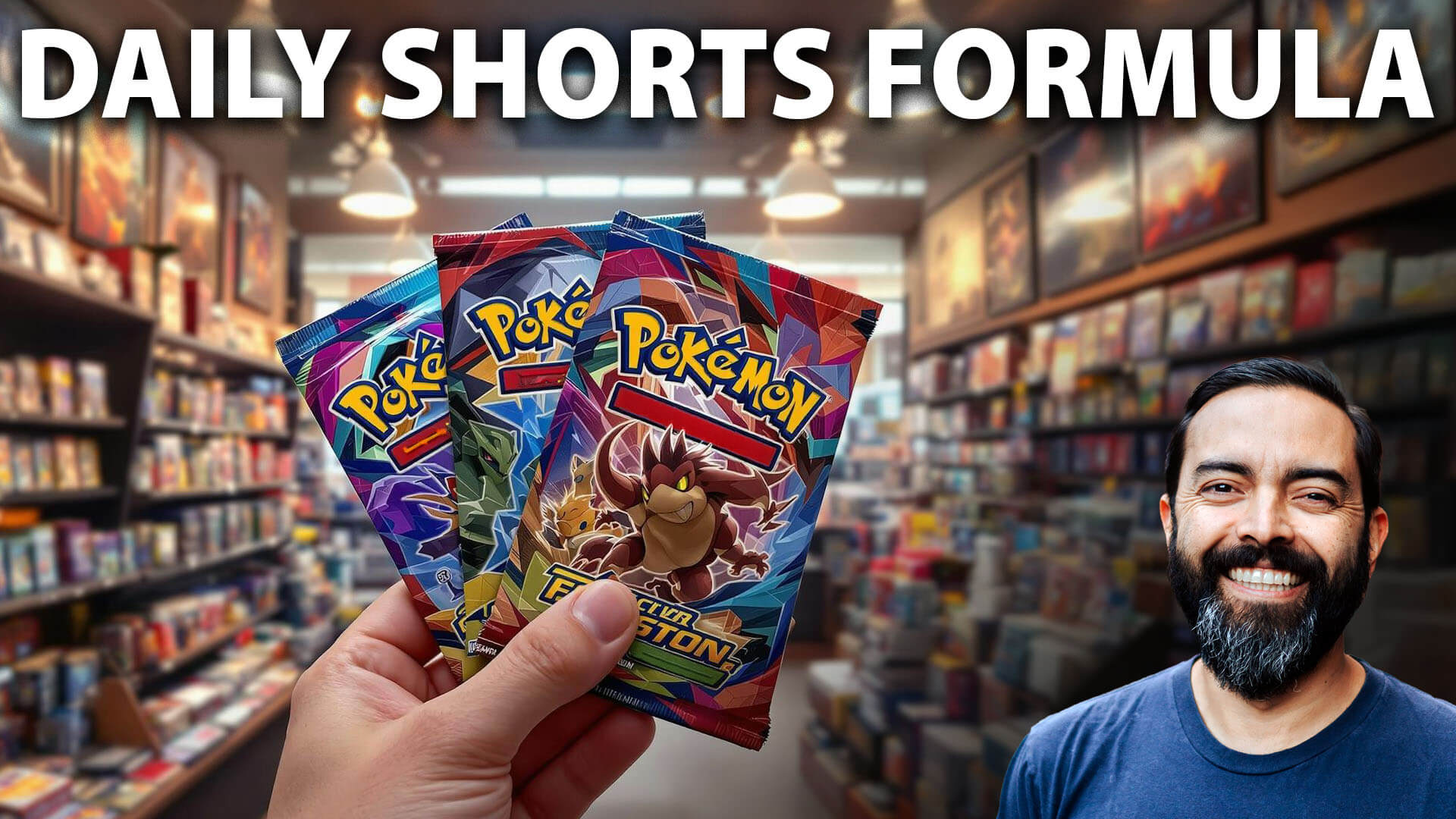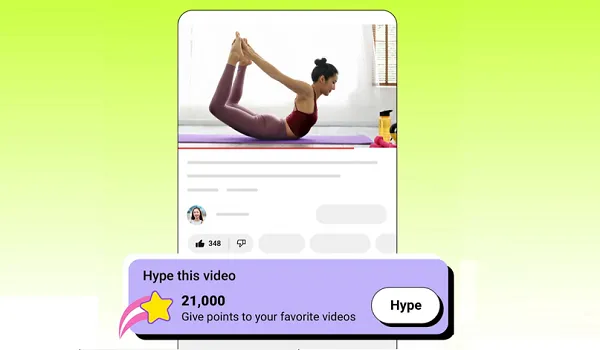THE BIGGEST SMALLEST THING
Aspiring chemist Mo is excited about the prospect of a trophy and a week at science camp for the student who best demonstrates a solution to this challenge: “What is something big you can make with something small?”Mo assesses the competition: a skilled musician, a fast runner, a child adept at melodious nose-blowing, and a girl who can devour a Popsicle in just three bites. And then there’s Muriel, a whimsical artist who wants to be a cat when she grows up. Mo, “a serious scientist” who holds himself to high standards, believes he’s a lock to win. At the symposium, Mo unveils his project—a volcano—but oh no! He’s misplaced a key ingredient. His class shows exemplary kindness, but Mo sulks as Muriel shows the other students her project: She leads them out the door as she draws a purple chalk line down the street. Her surprising take on the challenge charms the class—and offers Mo the opportunity to rectify his volcano. Mo expresses his gratitude, which leads smoothly to backmatter that displays the science behind some of the children’s demonstrations. Endearing, simple art combines with the gently humorous text to create an appropriate STEM read-aloud for primary grade students. Mo slowly comes to the realization that science is also about taking risks and thinking outside the box—sound guidance for burgeoning scientists. Mo presents Black, Muriel appears East Asian, and their class is diverse.


Aspiring chemist Mo is excited about the prospect of a trophy and a week at science camp for the student who best demonstrates a solution to this challenge: “What is something big you can make with something small?”Mo assesses the competition: a skilled musician, a fast runner, a child adept at melodious nose-blowing, and a girl who can devour a Popsicle in just three bites. And then there’s Muriel, a whimsical artist who wants to be a cat when she grows up. Mo, “a serious scientist” who holds himself to high standards, believes he’s a lock to win. At the symposium, Mo unveils his project—a volcano—but oh no! He’s misplaced a key ingredient. His class shows exemplary kindness, but Mo sulks as Muriel shows the other students her project: She leads them out the door as she draws a purple chalk line down the street. Her surprising take on the challenge charms the class—and offers Mo the opportunity to rectify his volcano. Mo expresses his gratitude, which leads smoothly to backmatter that displays the science behind some of the children’s demonstrations. Endearing, simple art combines with the gently humorous text to create an appropriate STEM read-aloud for primary grade students. Mo slowly comes to the realization that science is also about taking risks and thinking outside the box—sound guidance for burgeoning scientists. Mo presents Black, Muriel appears East Asian, and their class is diverse.
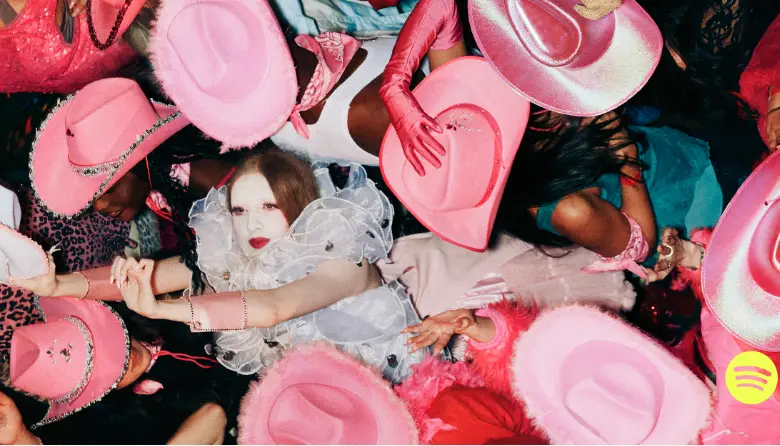















.jpg)

![AI Overviews: We Reverse-Engineered Them So You Don’t Have To [+ What You Need To Do Next]](https://www.searchenginejournal.com/wp-content/uploads/2025/04/featured-438.png)















![How to Find Low-Competition Keywords with Semrush [Super Easy]](https://static.semrush.com/blog/uploads/media/73/62/7362f16fb9e460b6d58ccc09b4a048b6/how-to-find-low-competition-keywords-sm.png)
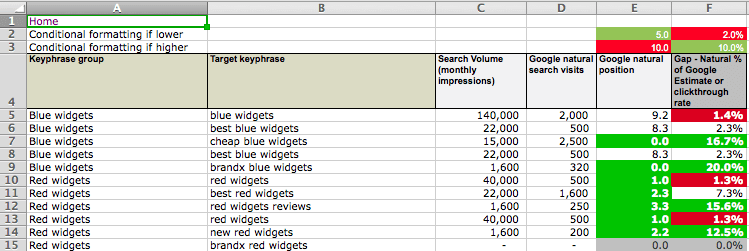

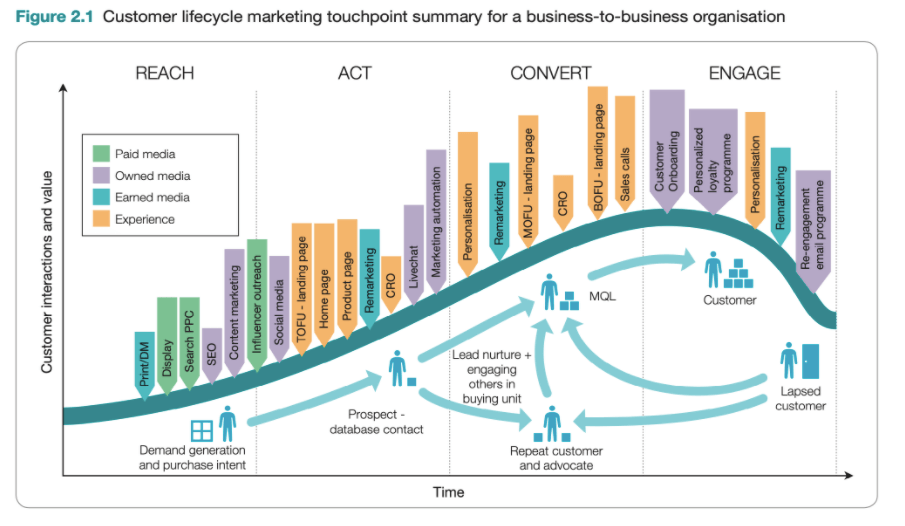








![How Marketers Are Using AI for Writing [Survey]](https://www.growandconvert.com/wp-content/uploads/2025/03/ai-for-writing-1024x682.jpg)



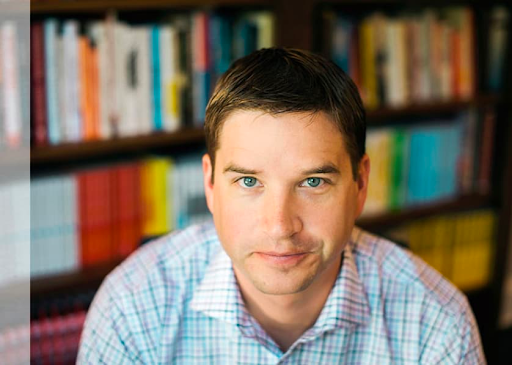
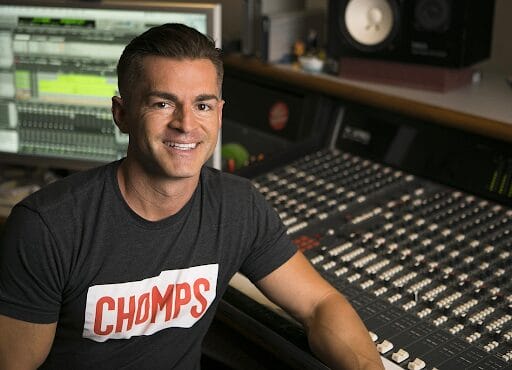












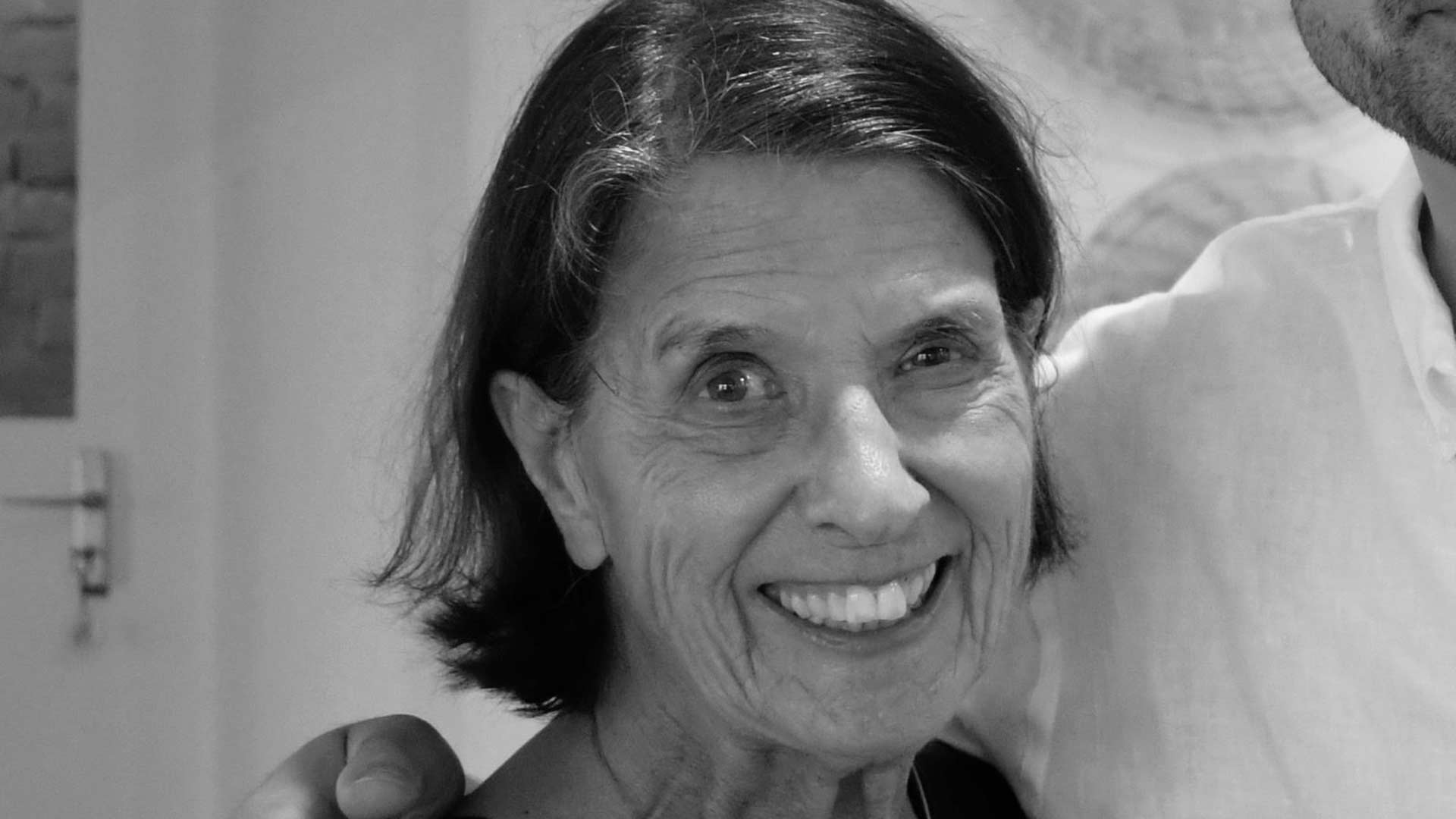















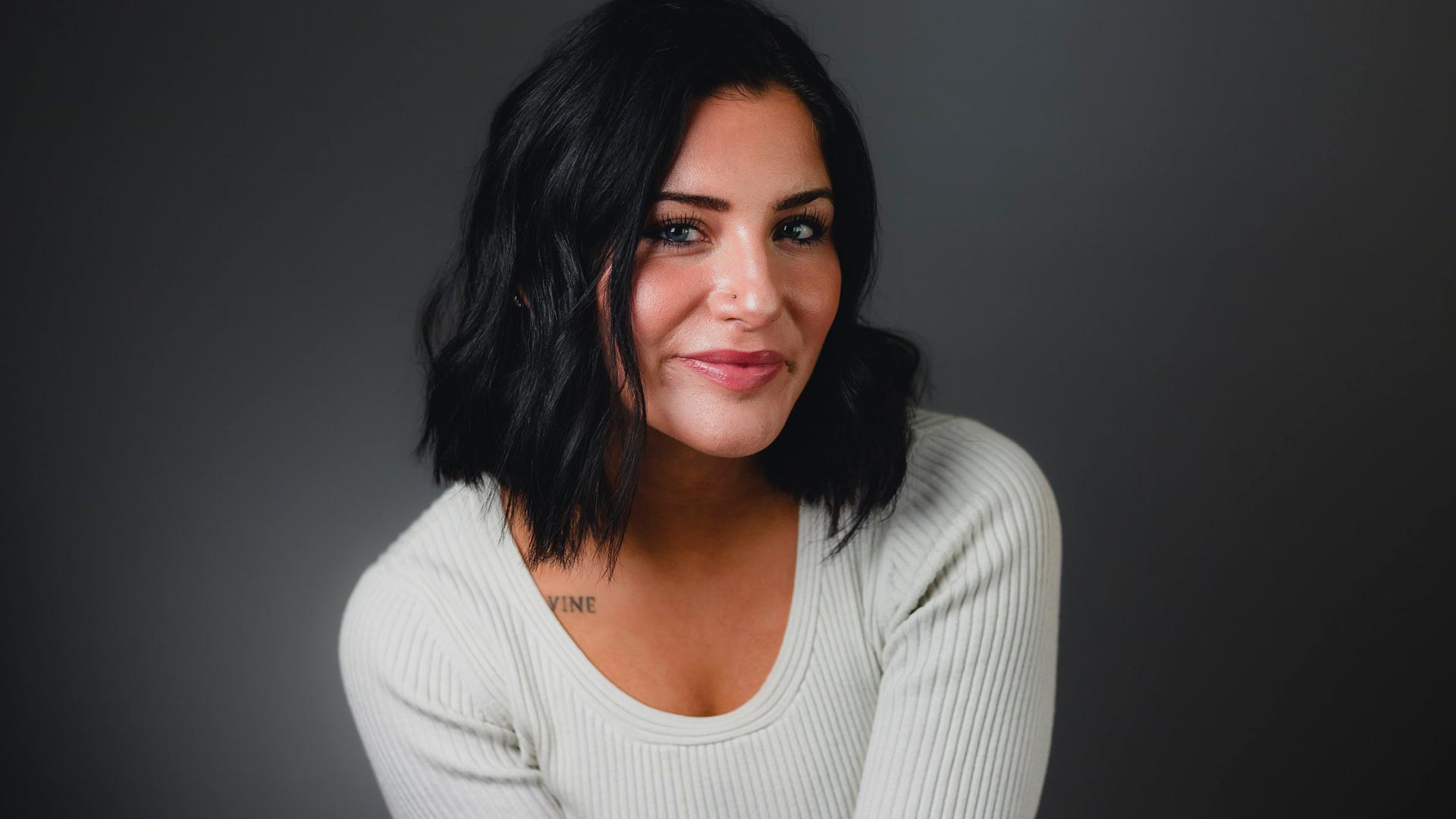

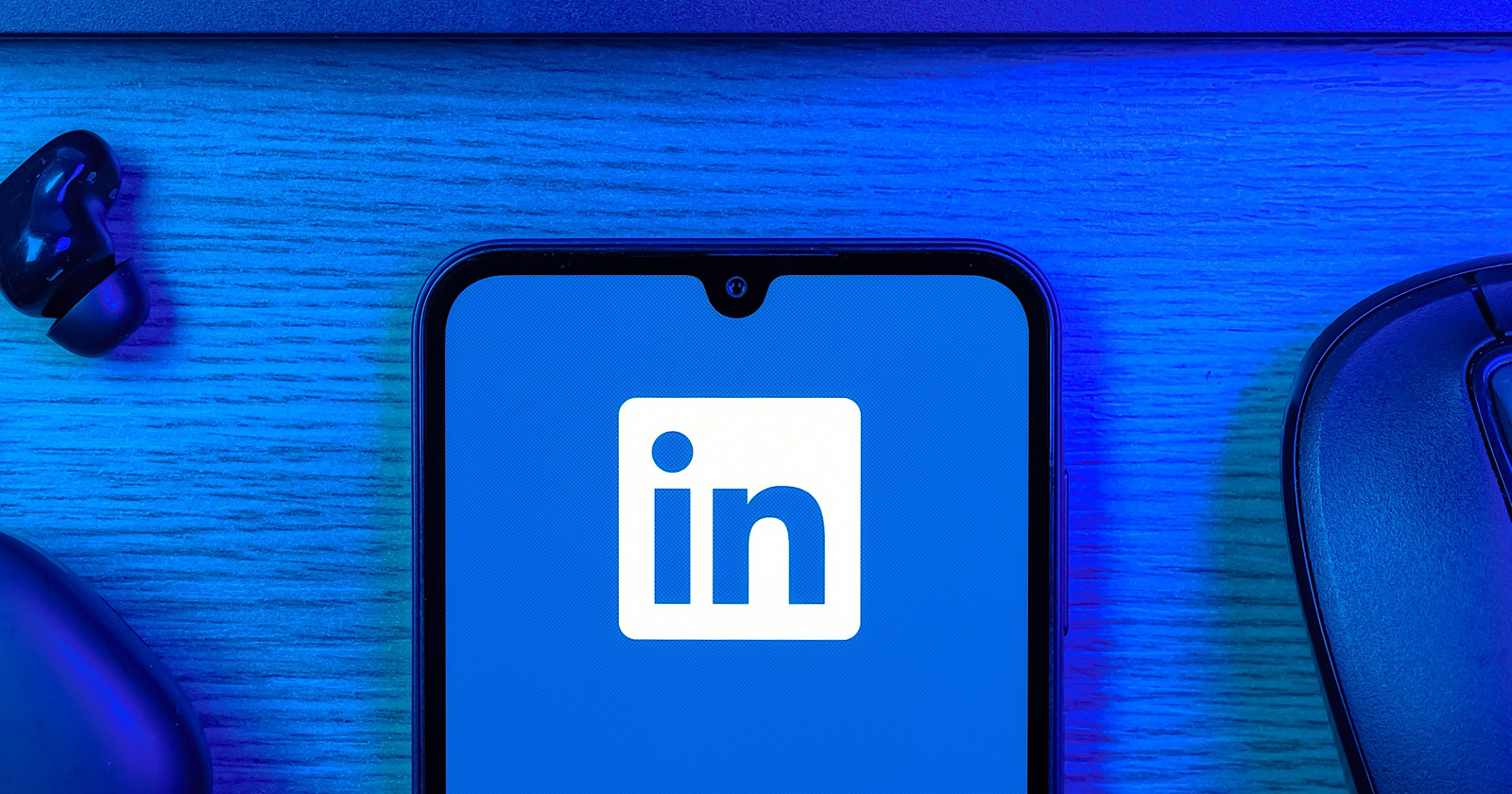


![Beyond ROAS: Aligning Google Ads With Your True Business Objectives [Webinar] via @sejournal, @hethr_campbell](https://www.searchenginejournal.com/wp-content/uploads/2025/04/featured-1-808.png)


















